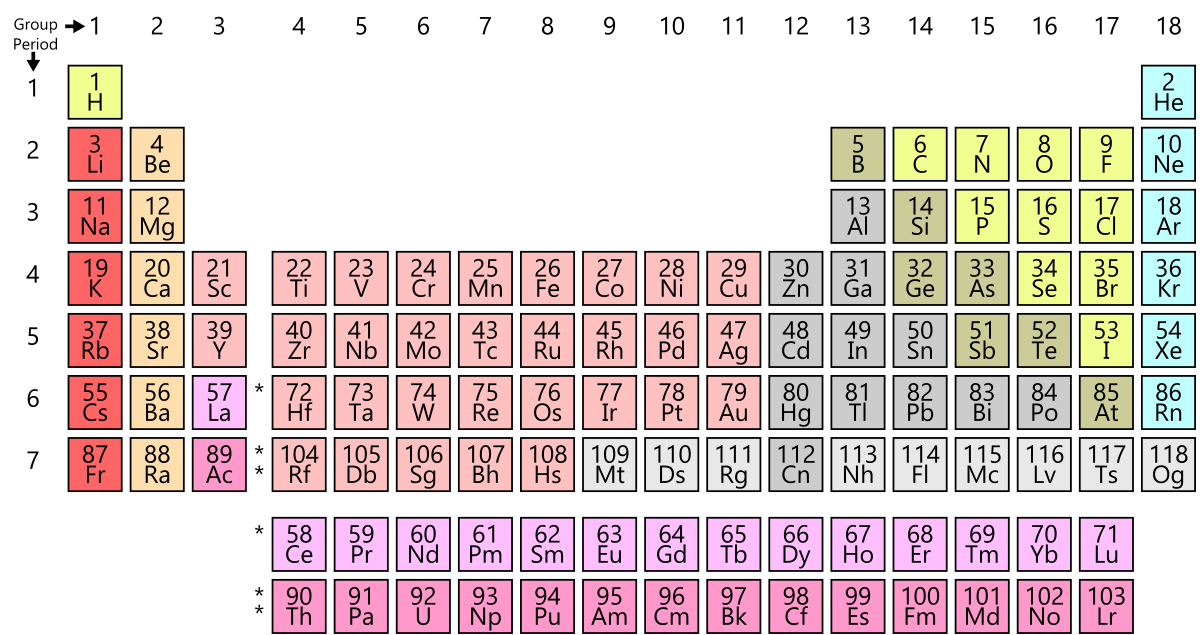Group 1:
The elements belonging to group 1 are called alkali metals. They constitute the six elements namely, lithium(Li), sodium(Na), potassium(K), rubidium(Rb), cesium(Cs) and francium(Fr). These elements are called alkali metals because they readily dissolve in water to form hydroxides which are strongly alkaline in nature. They also from alkaline oxides. The element, francium is radioactive.
Reactivity with hydrogen:
Group 1 metals exhibit high chemical reactivity. This is due to
- Their low ionization enthalpies
- Low enthalpy of atomization
- The reactivity of alkali metals with hydrogen decreases from Li to Cs.
- All the alkali metal hydrides are ionic solids with a high melting point. However, the ionic character of the group 1 metal hydrides decreases from LiH to CsH.
- The Hydride of lithium is more stable as compared to the hydrides of other members of the group 1 because of the anomalous behavior of lithium. This is because of its small size, high ionization enthalpy, least electropositive character, high polarizing power and no vacant d-orbital in valance cell.
- The stability of alkali metal hydrides decreases from Li to Cs. This is because of the fact that as the size of alkali metal increases from Li to Cs, the M-H bond becomes weak. Therefore, the stability of hydrides decreases.
- The hydrides of group 1 behave as strong reducing agents and their reducing nature increases as we go down the group.
- Since these hydrides contain the hydride ion
, therefore, they liberate hydrogen at the anode on electrolysis.
- They react with proton donors such as alcohols, gaseous ammonia, and alkynes liberating gas as shown below:
Group 2:
The group 2 elements are known as alkaline earth metals. The group 2 consists of the elements beryllium(Be), magnesium(mg), calcium(Ca), strontium(Sr), barium(Ba) and radium(Ra).
They have a low enthalpy of ionization and high electropositive character, the alkaline earth metals have a strong tendency to lose valence electrons. Therefore, they are very reactive. The reactivity of these elements increases on going down the group. However, alkaline earth metals are generally less reactive than alkali metals. This is because of their dipositive oxidation state .
Reactivity with hydrogen:
All the elements except beryllium combine with hydrogen upon heating to form ionic hydrides,![]() .
.
![]()
Be(beryllium) does not combine directly with hydrogen to form hydrides because of its anomalous behavior compared to other members of the group due to the small size and high ionization enthalpy and electronegativity , however, can be prepared by the reaction of
![]() as shown below:
as shown below:
Both and
are covalent compounds having polymeric structures.
is covalent while all other hydrides of group 2 are ionic. Calcium hydride is also known as hydrolith. The hydrides are highly reactive towards water and form hydroxides and liberate hydrogen as shown here:
